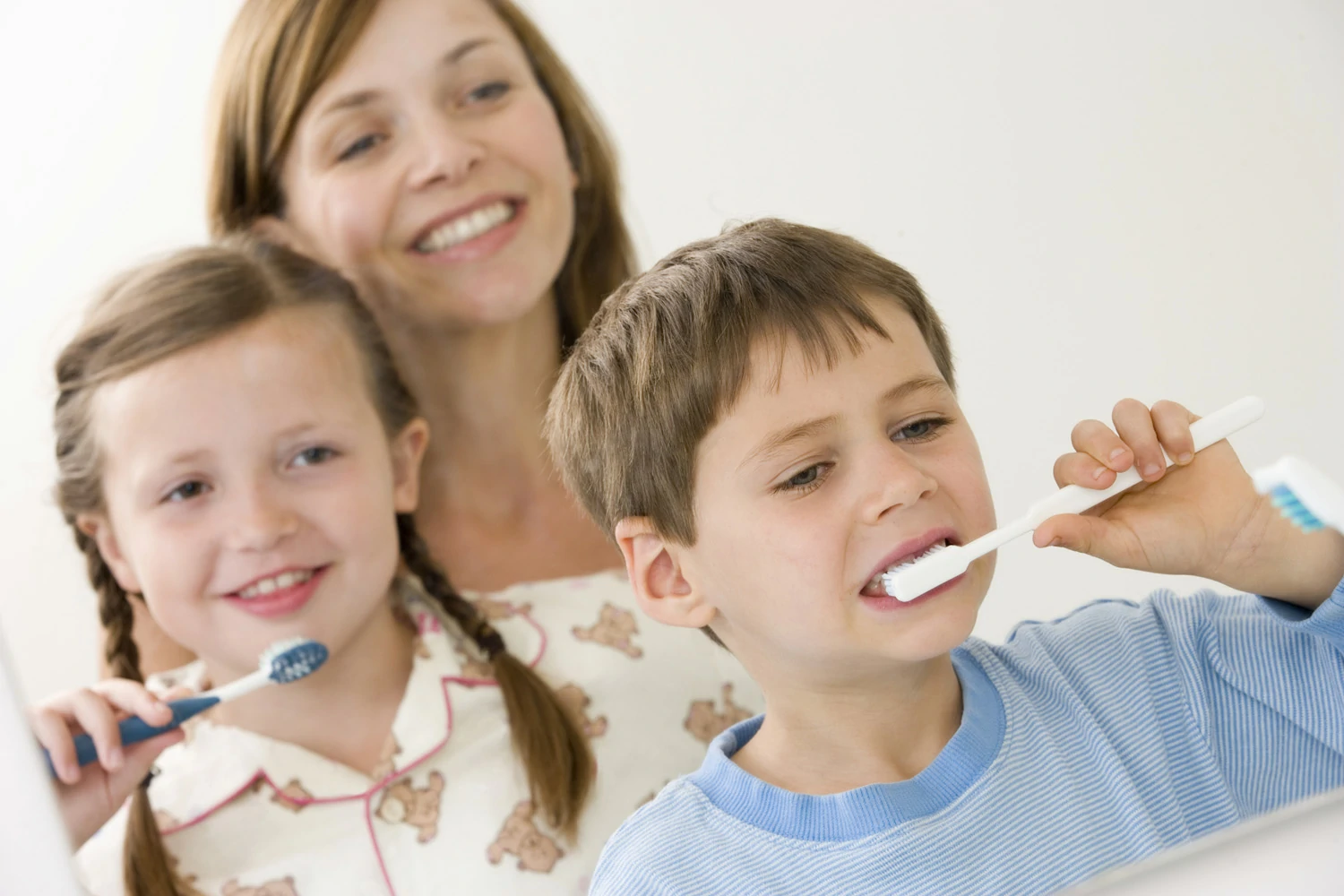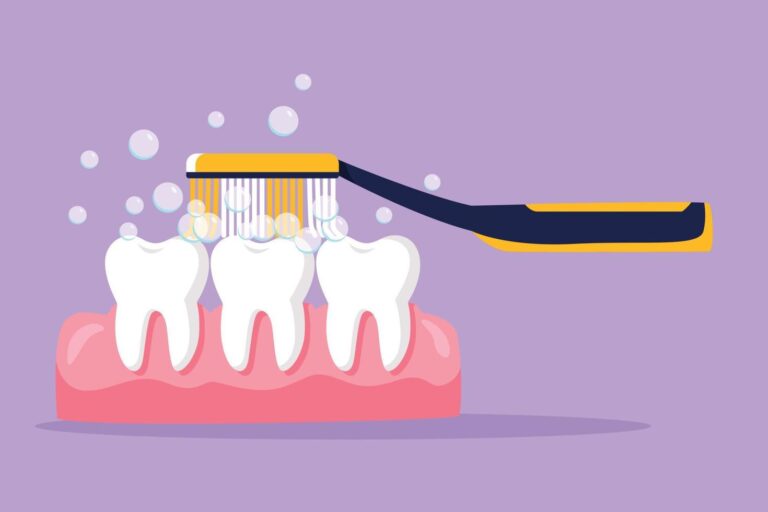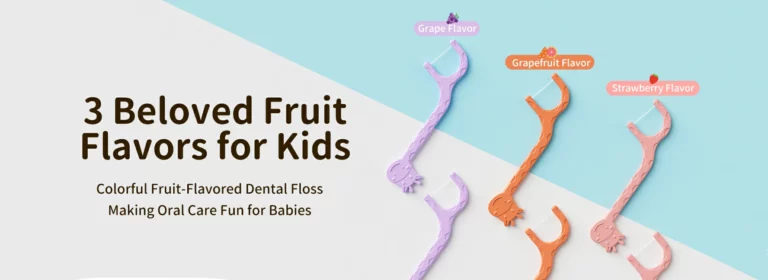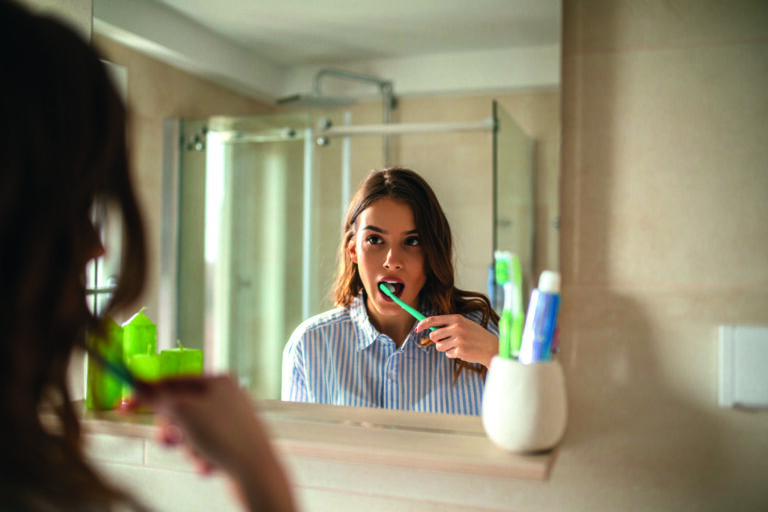Oral health is crucial for children’s growth and development, and establishing a good brushing routine is the foundation for their oral well-being. However, many young parents face a common challenge: how to teach their young children to brush their teeth and help them develop a lifelong brushing habits.
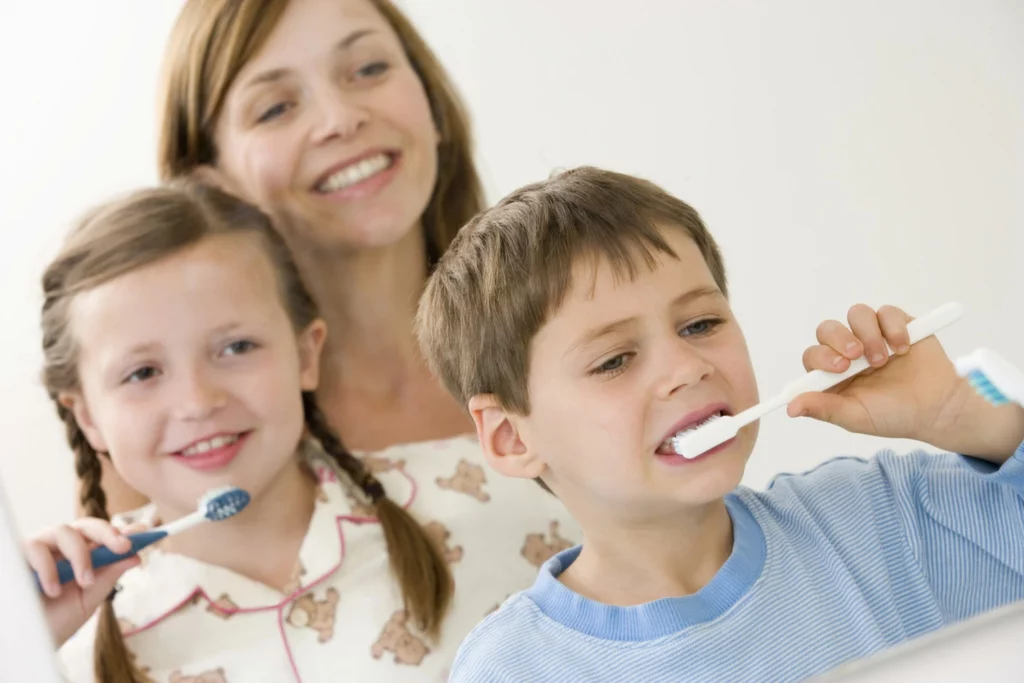
Cultivating a Brushing Habit from an Early Age.
Believe it or not, dental hygiene starts even before that first adorable tooth peeks through. Once your little one arrives, use a soft, damp cloth or finger cot to gently wipe their gums twice a day. This gets them accustomed to the feeling of having something in their mouth (and paves the way for the toothbrush to come!).
During the initial stages, parents can brush their own teeth first to demonstrate to their children, allowing them to observe and imitate. You can also let your child try brushing their teeth on their own while you supervise and guide them.
Proper Brushing Technique
- Use a soft-bristled toothbrush and fluoride toothpaste specifically designed for children.
- Place the toothbrush near the gum line at a 45-degree angle.
- Use short, back-and-forth or circular motions to brush each area for about 20 seconds.
- Don’t forget to brush the inside, chewing surfaces, and tongue of the teeth.
- Brush for at least two minutes each time.
Choosing a Toothbrush for Children
Currently, three main types of toothbrushes are available for children: manual toothbrushes, electric toothbrushes, and U-shaped toothbrushes.
- Manual toothbrushes are the most traditional and affordable option for children. However, for younger children or those with less developed brushing skills, manual toothbrushes may not be as effective in cleaning all areas.
- Electric toothbrushes use rotating or vibrating brush heads to clean teeth, removing plaque and food debris more effectively than manual toothbrushes. They often come with timers and different brushing modes, which can help children develop good brushing habits.
- U-shaped toothbrushes have a U-shaped brush head that can simultaneously encompass all teeth, making brushing quick and easy. U-shaped toothbrushes are particularly suitable for toddlers between the ages of 2 and 6, but their cleaning effectiveness may not be as good as that of manual or electric toothbrushes.

When selecting a toothbrush for your child, consider their age, brushing skills, and personal preferences.
Turning Brushing into a Blast!
Brushing doesn’t have to be a chore! Here are some ways to make it a fun family activity:
- Sing a Brushing Anthem: Create a catchy brushing song together or belt out some of your favorites while you brush.
- Timer Twists: Turn brushing into a game with a fun timer that plays their favorite tunes for the recommended 2 minutes.
- Reward the Effort: Celebrate their brushing victories with stickers, a special story, or some extra playtime.
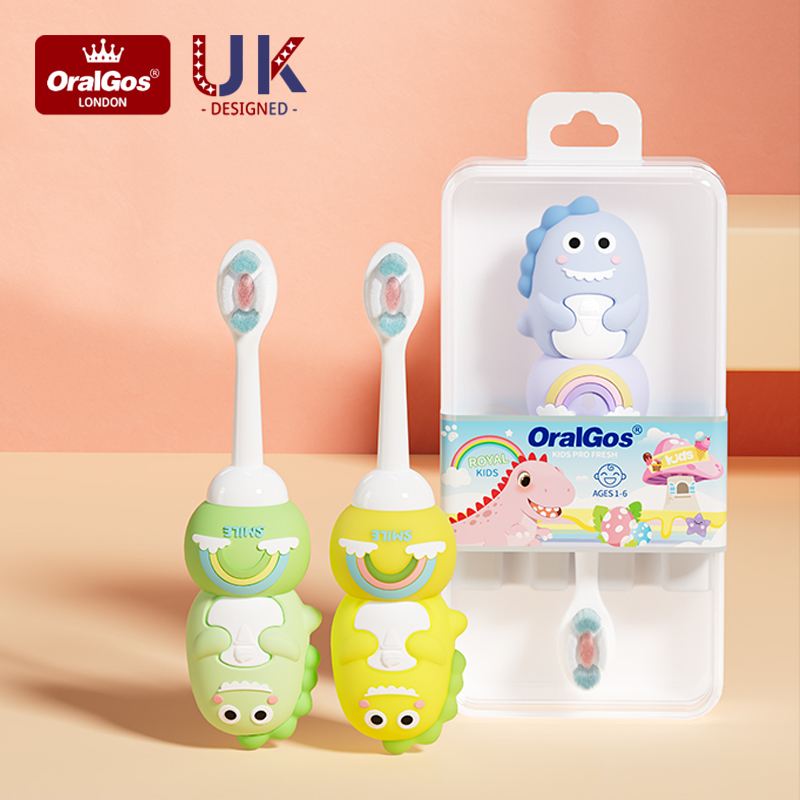
Conquering Brushing Fears and Resistance
Sometimes, even the most valiant warriors face a little fear. Here’s how to handle brushing resistance:
- Unmask the Monster: Find out why your child might be afraid of brushing. Is it the sound of the toothbrush? The taste of the toothpaste? Address the specific fear and help them feel comfortable.
- Break it Down: Divide brushing into small, manageable steps. Let them practice each step until they feel confident.
- Brush Buddies Unite!: Make brushing a social activity – brush together or let them brush their favorite stuffed animal’s teeth!
- Positive Reinforcement is Key: Focus on praising their effort and progress, not just the perfect brushing technique.
Remember: Patience and persistence are key! With a little creativity and these tips, you can turn your child into a brushing champion and set them on the path to a lifetime of healthy teeth and bright smiles!

